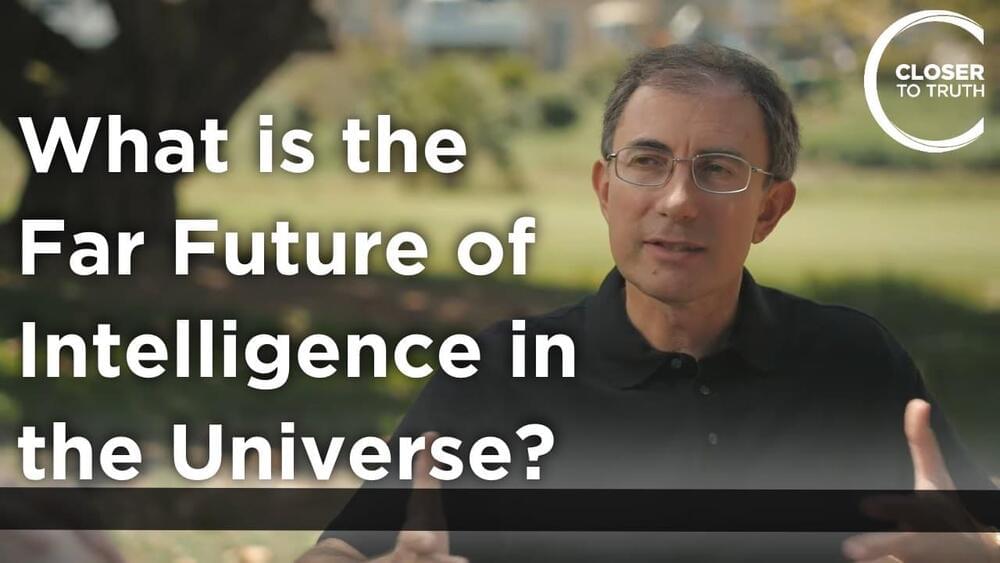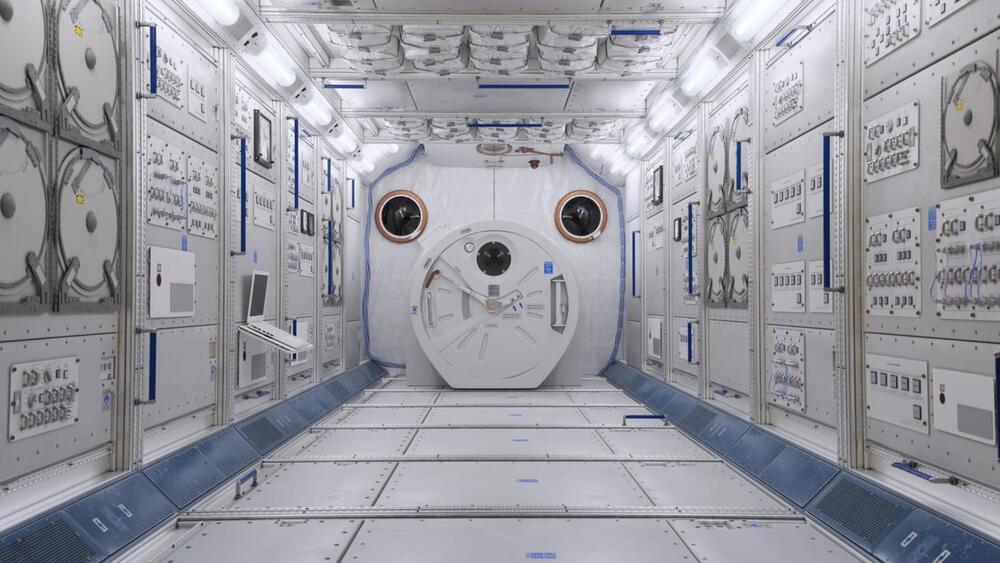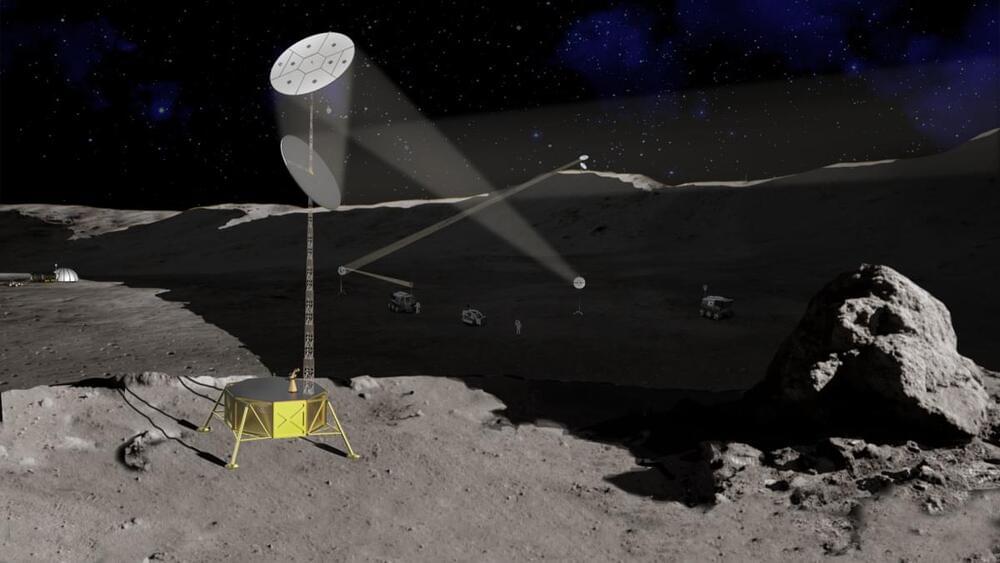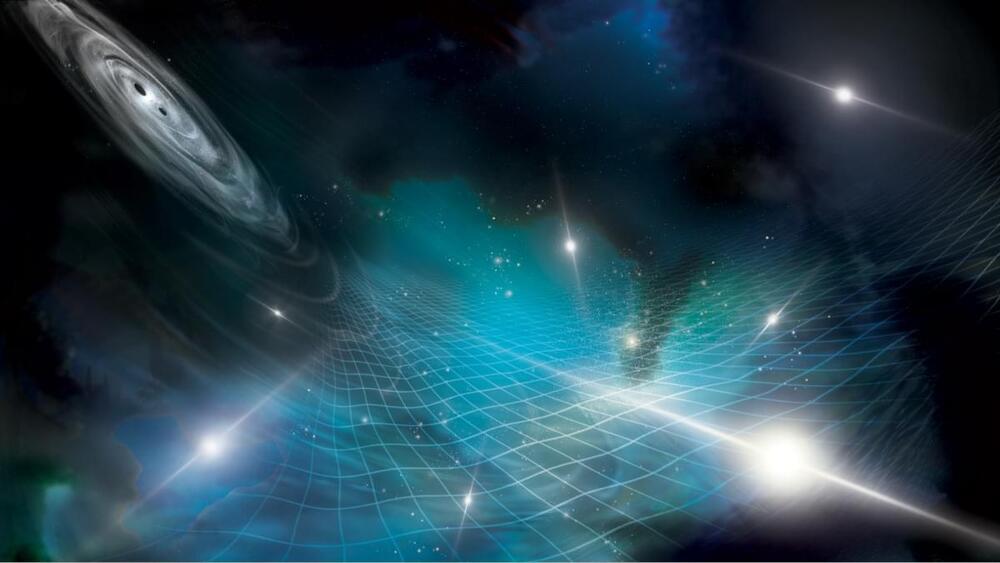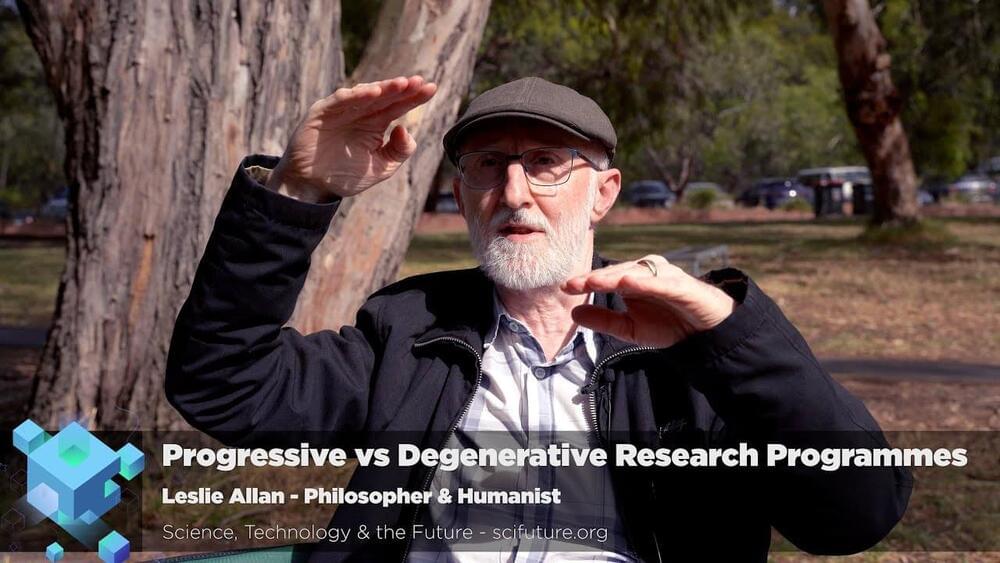Jul 7, 2023
Found: Stars Over 12 Billion Years At The Heart Of Our Galaxy
Posted by Gemechu Taye in category: space
Scientists have found a group of ancient stars orbiting close to the center of our galaxy that may have formed in just the first billion years of the universe. That’s news because old stars are generally only found around the very edges of the Milky Way within the 150+ globular clusters—also called “galactic wanderers”—which may be linked to supermassive stars.
The Pristine Inner Galaxy Survey (PIGS), which reported their results at this week’s National Astronomy Meeting 2023 at Cardiff University in Wales, UK, were looking near the galaxy’s center because galaxy formation models suggest that there ought to be ancient stars there—though very few have ever been seen before.
Most ancient stars we know of are found around the halo of our Milky Way galaxy, but a new study has discovered many close to the galaxy’s heart.
Continue reading “Found: Stars Over 12 Billion Years At The Heart Of Our Galaxy” »


